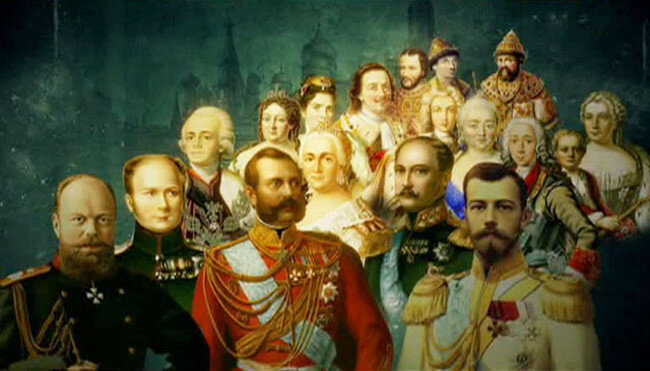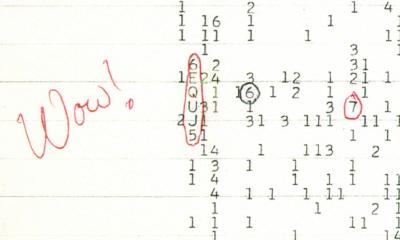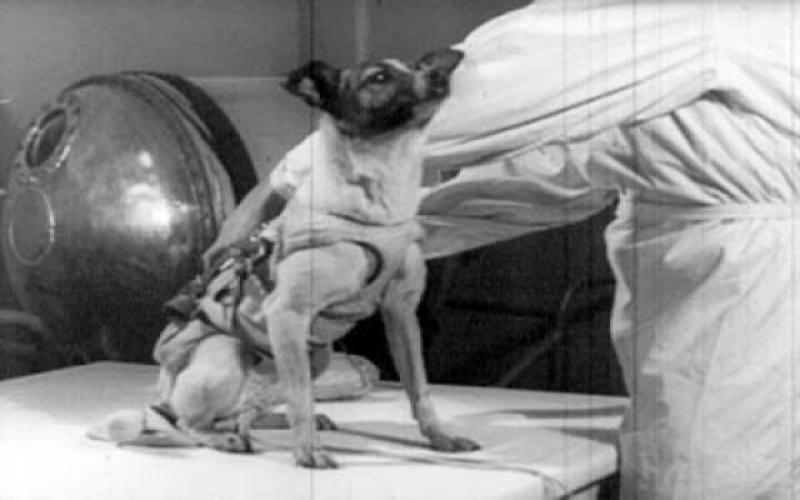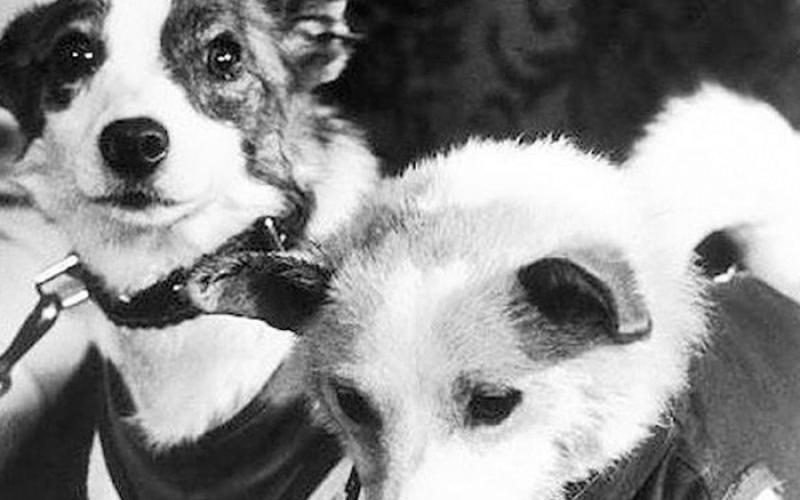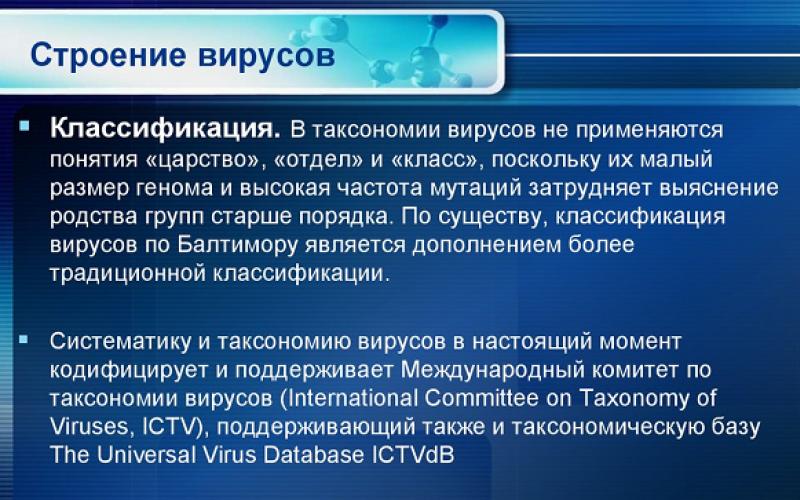It should be noted that the tradition of nicknames for the first persons of the country is very ancient, so ancient that it goes back literally to the beginnings of Russian statehood. In addition, it should be remembered that nicknames were firmly established in the public mind, since until the XIV-XV centuries. there were no surnames proper, and it was the nicknames that became the foundation for the appearance of surnames. We all remember that Prince Vladimir, the baptizer of Russia, was called Red Sun, his son Svyatopolk - Cursed, and another son Yaroslav - Wise. Even after the appearance of surnames, the tradition of nicknames for the first persons was preserved. So, Ivan IV, we know more how Grozny, and the Moscow Tsar Alexei Mikhailovich, as the quietest. This tradition of nicknames was reproduced in full under the Romanovs until 1917.
The fact is that the large Romanov family had many levels of communication. At the level of personal contacts, talking among themselves about one of the members of their family, they often used nicknames, sometimes taking on an almost official character. These nicknames were associated either with external features or with specific character traits. As a rule, members of the imperial family knew “their” unofficial nickname. If it was complimentary, it became almost official. If it carried negative traits, then, of course, they didn’t pronounce it “in the eyes”, which did not prevent them from actively using the nickname in conversations among themselves “behind the eyes”. Mentions of these nicknames are quite rare, as they are only occasionally mentioned in personal correspondence or memoirs.
Nicknames (nicknames) of Russian emperors are widely known. As a rule, they were of a politicized nature and were associated with the peculiarities of their domestic or foreign policy. Sometimes the reason for the appearance of one or another nickname was any specific events. Quite often, nicknames begin to come from an environment that is in opposition to the Romanov dynasty. So, the authorship of the most famous nickname of Nicholas I, Palkin, are attributed to Herzen's Bell. It was from among the revolutionary democrats that other nicknames, equally unflattering for the tsar, came out. Through their efforts, the complex and contradictory figure of Nicholas I was reduced for many decades to a single-line image of a martinet with pewter eyes. Nicholas I
Alexander II received an official nickname Liberator. The tsar's manifesto, signed on February 19, 1861, which freed millions of serfs, is forever associated with the name of Alexander II. Official propaganda made a lot of efforts to fix the flattering nickname behind the name of the king.  Grand Duke Mikhail Pavlovich, portrait by I. Kramskoy
Grand Duke Mikhail Pavlovich, portrait by I. Kramskoy
Empress Alexandra Feodorovna had many household nicknames. All of them, of course, were of a complimentary nature, since for decades Nikolai Pavlovich consistently created the cult of a beautiful lady in relation to his wife. Charlotte of Prussia also had a homely, maiden nickname - White flower. So she was named after the heroine of the French poem of the 18th century, the beloved of the Saracen king of Spain. This nickname sounded like blanche fleur, or blancheflour. Nikolai Pavlovich himself called his wife birdie for the fragility of the figure and the ease of gait. Sometimes Nicholas I called his wife Madame Nicholas. In the same spirit, he called his daughter-in-law Grand Duchess Elena Pavlovna - Madame Michel .  Dusya and Munka
Dusya and Munka
Since the name Nikolai, with the light hand of Catherine II, became popular in the Romanov family, then, naturally, there were many “home” derivatives from this name. When in the family of Alexander II in the 1840s. children began to be born, then their parents, according to tradition, gave them "home" names. The eldest son of Alexander II, Grand Duke Nikolai Alexandrovich was called at home Nixoy. Therefore, when in 1850 the first son, also named Nikolai, was born to the second son of Nicholas I, Grand Duke Konstantin Nikolayevich, the problem arose of what to call him simply at home. Baron M.A. Korf conveys the words of the young father: “There are so many Nikolaevs in our family that it is not easy to come up with a diminutive name for everyone. Big brother is still called Nizi. Nikolai Alexandrovich - Nix. Nikolai Maximilianovich - Kolya, I had to name mine - Nikola.  Herring .
Herring .  Grand Duke Konstantin Konstantinovich (Herring)
Grand Duke Konstantin Konstantinovich (Herring)
The daughter of Alexander II, Grand Duchess Maria Alexandrovna, the future Duchess of Edinburgh, was called at home duck. She had other household names as well. One of the memoirists cites an episode when they, then small children, had a conversation about this with the young emperor: “The sovereign told us that he gave his daughter Masha a nickname. “Guess what, kids?” We didn't come up with anything. "Duck - for her gait"". But the father had more affectionate names for his daughter. In one of the letters, Alexander II, thanking his daughter for the letter, calls her Dushonkom .  "Angry" (Empress Maria Feodorovna) and children
"Angry" (Empress Maria Feodorovna) and children
Another brother of Nicholas II, Grand Duke Mikhail Alexandrovich, was called by his relatives cute floppy. This nickname comes from the English "flop" - to flop. The fact is that lanky Mikhail used to plop down in an armchair, stretching out his long legs in front of him.
As contemporaries noted, Alexander III changed the stereotype of communication with subjects. Everyone unanimously argued that, unlike their predecessors, the tsar addressed only the closest people to “you”. The same was true for nicknames. Alexander III very rarely "allowed himself to give nicknames and speak in a half-joking tone with the courtiers." Nevertheless, from adolescence, he still had nicknames for close people, he periodically used them. So, Alexander III called his uncle, Grand Duke Konstantin Nikolayevich, with whom he really did not get along, only Coco, and Grand Duchess Ekaterina Mikhailovna (daughter of Grand Duke Mikhail Nikolayevich), “even more uncomfortable ...” The tsar teased his younger brother Vladimir Alexandrovich, calling him “general”. There were still friends of youth, with whom relations gradually changed. Such a bizarre person with a complex reputation as Prince V.P. Meshchersky, Alexander III called Vovo, but without the slightest irritation, rather with a sense of pity and slight irony. 
She had her own nicknames and numerous European relatives. The English Queen Victoria (1838-1901) at the Russian court was habitually called granny. Prince of Prussia Sigzimund Wilhelm - Bobby, German Emperor Wilhelm II - uncle willy. Maria Maximilianovna, Princess of Baden, was simply called Aunt Marusya. There were many such names. Therefore, European foreign policy until the beginning of the 20th century. had a distinct family character, when Granny's grandmother could scold her "grandson", the Russian Emperor Nike, in the presence of Uncle Willy (German Emperor Wilhelm II) in a family way.  Representatives of the royal houses of Europe in Coburg. Seated: Kaiser Wilhelm II of Germany, Queen Victoria of England (center), Dowager German Empress Victoria. Behind them are: Tsarevich Nikolai Alexandrovich, his bride Princess Alice of Hesse, Grand Duchess Maria Pavlovna (second from right), Grand Duchess Elizaveta Mavrikievna (first from right). In the penultimate row - Grand Duke Sergei Alexandrovich (center), Grand Duke Vladimir Alexandrovich (second from right). In the last row - Grand Duke Pavel Alexandrovich (second from left), Grand Duchess Elizaveta Feodorovna (second from right). Germany. Spring-summer 1894
Representatives of the royal houses of Europe in Coburg. Seated: Kaiser Wilhelm II of Germany, Queen Victoria of England (center), Dowager German Empress Victoria. Behind them are: Tsarevich Nikolai Alexandrovich, his bride Princess Alice of Hesse, Grand Duchess Maria Pavlovna (second from right), Grand Duchess Elizaveta Mavrikievna (first from right). In the penultimate row - Grand Duke Sergei Alexandrovich (center), Grand Duke Vladimir Alexandrovich (second from right). In the last row - Grand Duke Pavel Alexandrovich (second from left), Grand Duchess Elizaveta Feodorovna (second from right). Germany. Spring-summer 1894
When Nicholas II got married, secular gossips immediately noted that the young wife called her husband “in her own way”. If before his house was called Nika, then the young empress began to call him Coco. However, this name was not fixed in the family, and Alexandra Fedorovna began, like everyone else, to call her husband Nicky .
Empress Alexandra Feodorovna had her own "names". So, as a child, she signed her letters “M.K. No. III", which is an abbreviation of the children's nickname - "Little Queen No. III". She often unpretentiously signed her letters to her husband “Your Old Hen”, “Your Old Wife”. However, as a rule, both behind the eyes and in the eyes she was called Alix . 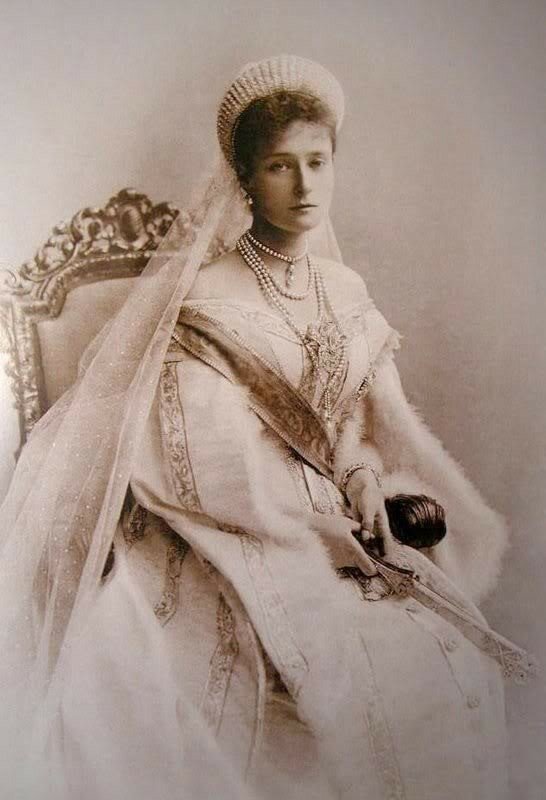 Empress Alexandra Feodorovna
Empress Alexandra Feodorovna
The children of Nicholas II also bore home names. So, the third daughter, Grand Duchess Maria Nikolaevna, the sisters called Mashka. The fourth, Grand Duchess Anastasia Nikolaevna, the most groovy and mischievous, - Shvibzdom. The long-awaited Tsarevich Alexei had only complimentary household nicknames. Parents in correspondence called him in the English manner - baby, baby, or Sunbeam . 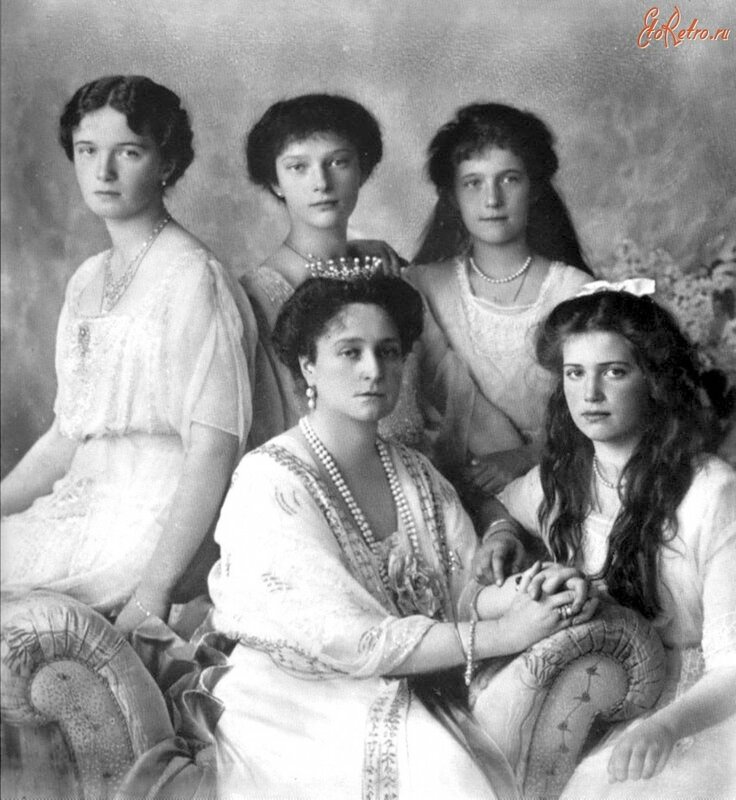 Empress with daughters
Empress with daughters
The correspondence between Nicholas II and Empress Alexandra Feodorovna, which has come down to us, allows us to reconstruct how they called part of their entourage. They were called mostly by their first names. But there were also nicknames for people from the inner circle. Anna Alexandrovna Vyrubova in the letters of the spouse was called Anya, Big Baby, in moments of irritation cow, or Disabled. The educator and teacher of the French language Pierre Gilliard was called in the eye Zhilikom. The Hof-lectress of the Empress Ekaterina Adolfovna Schneider was called Trine, or Schneiderlein. The chamberlain of Alexandra Feodorovna, who came with her from Germany in 1894, was called Maria Gustavovna Tutelberg in the family Tudels. For some reason, Alexandra Feodorovna's valet Gustav Genrikhovich Lio was nicknamed falling leaves .  Alekom, and the very elderly Prime Minister Ivan Logginovich Goremykin - wisdom. But who owns the nicknames Little Red Riding Hood, Blooming or Raspberries, is still controversial.
Alekom, and the very elderly Prime Minister Ivan Logginovich Goremykin - wisdom. But who owns the nicknames Little Red Riding Hood, Blooming or Raspberries, is still controversial.
Text source I.V. Zimin "The adult world of imperial residences. The second quarter of the 19th - early 20th centuries" 